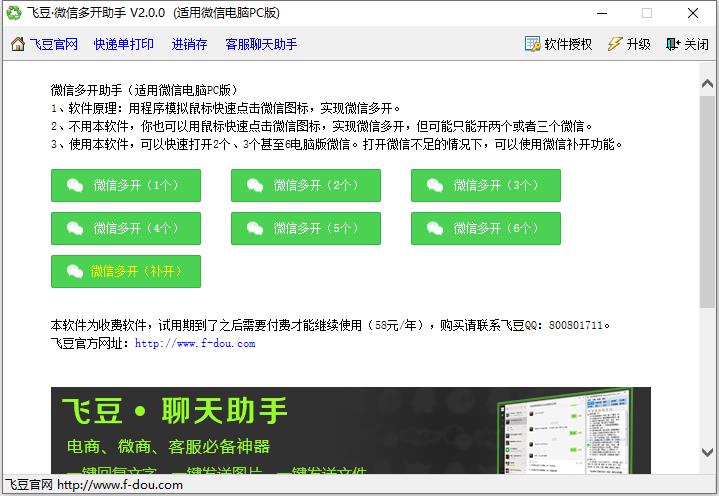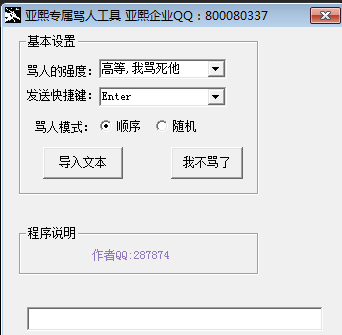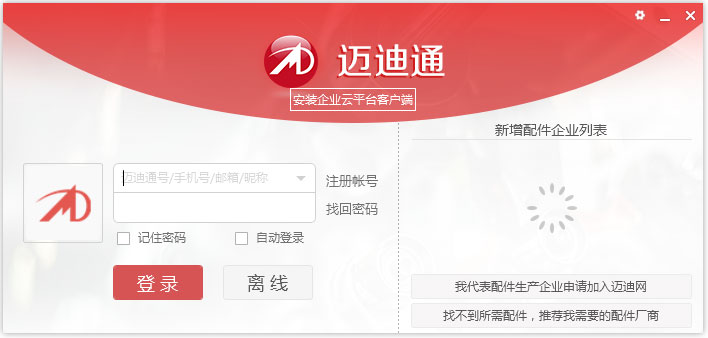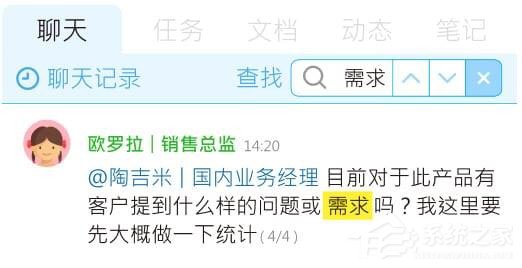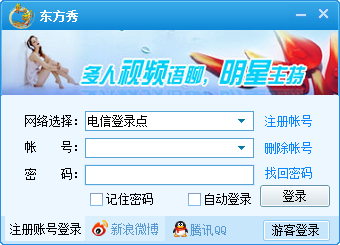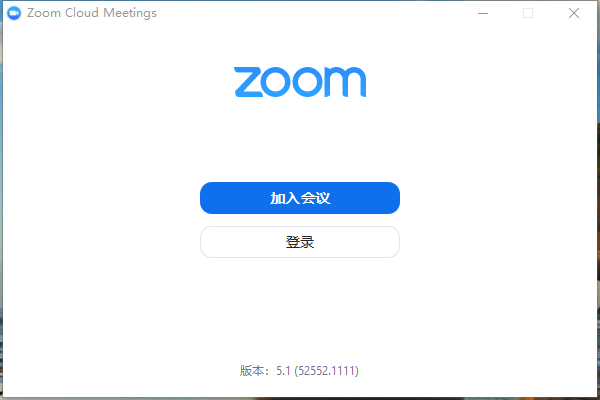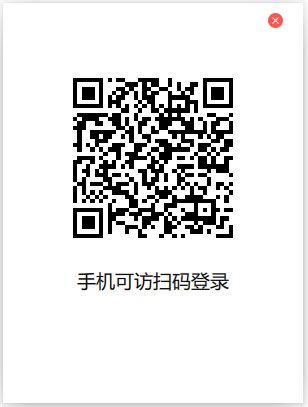golang mongodb查询
时间:2023-05-06 16:06
近年来,Golang 的使用率越来越高,尤其在大数据场景下,越来越多的开发者开始使用 Golang 来实现其应用程序。而 MongoDB 作为一款高性能、面向文档的数据库,也被越来越多的人喜欢和使用。本文将介绍如何在 Golang 中使用 MongoDB 进行查询。 首先,我们需要在 Golang 中引入 MongoDB 驱动包,如下所示: 接着,我们需要建立一个 MongoDB 的连接。以下是示例代码: 其中, 接着就可以进行查询操作了。以下是一个简单的查询示例,在这个示例中,我们查询 在上述代码中,我们首先获取了 然后我们使用 最后,我们将这个游标通过 除了上述查询操作外,还有一些其他的查询方式,比如: 在 MongoDB 中,我们可以使用 以下是一个示例代码: 在上述代码中,我们使用 在 MongoDB 中,我们可以使用正则表达式进行查询操作。以下是一个示例代码: 在上述代码中,我们使用 最后,在使用完 MongoDB 之后,我们需要关闭数据库连接以释放相关资源。以下是示例代码: 通过以上代码,我们可以在 Golang 中轻松地使用 MongoDB 进行查询操作。无论是完全匹配,还是正则匹配,我们都可以通过 MongoDB 驱动包轻松实现。同时,在使用完后,也要及时地关闭数据库连接以释放资源。 以上就是golang mongodb查询的详细内容,更多请关注Gxl网其它相关文章!import "go.mongodb.org/mongo-driver/mongo"import "go.mongodb.org/mongo-driver/mongo/options"
func ConnectMongo(uri string) (*mongo.Client, error) { client, err := mongo.NewClient(options.Client().ApplyURI(uri)) if err != nil { return nil, err } ctx, cancel := context.WithTimeout(context.Background(), 30*time.Second) defer cancel() err = client.Connect(ctx) if err != nil { return nil, err } return client, nil}uri 是 MongoDB 数据库的连接字符串。我们在 ConnectMongo 函数中建立了一个 MongoDB 的连接,并返回一个 mongo.Client 的实例。test 数据库中的 users 集合,找出所有性别为男性的用户:func FindMaleUsers(client *mongo.Client) ([]bson.M, error) { collection := client.Database("test").Collection("users") filter := bson.M{"sex": "male"} ctx, cancel := context.WithTimeout(context.Background(), 30*time.Second) defer cancel() cursor, err := collection.Find(ctx, filter) if err != nil { return nil, err } var results []bson.M if err = cursor.All(ctx, &results); err != nil { return nil, err } return results, nil}test 数据库中的 users 集合,然后使用 bson.M 类型的结构体定义了查询条件,即性别为男性。接着,我们使用 ctx, cancel := context.WithTimeout(context.Background(), 30*time.Second) 函数创建了一个上下文,并将其取消函数挂起,以限制查询操作的时间并允许及时释放资源。collection.Find(ctx, filter) 函数对数据库进行查询操作,其中 ctx 是上面创建的上下文,filter 是查询条件,并返回了一个游标 cursor。cursor.All(ctx, &results) 函数转换为一个 bson.M 数组,其中 &results 表示将结果的地址传递给此函数进行操作。1. 完全匹配
bson.D 来表示完整匹配条件。func FindByCondition(client *mongo.Client) ([]bson.M, error) { collection := client.Database("test").Collection("users") filter := bson.D{ {"cond1", value1}, {"cond2", value2}, ... } ctx, cancel := context.WithTimeout(context.Background(), 30*time.Second) defer cancel() cursor, err := collection.Find(ctx, filter) if err != nil { return nil, err } var results []bson.M if err = cursor.All(ctx, &results); err != nil { return nil, err } return results, nil}bson.D 对查询条件进行了完全匹配,其中 {“cond1”, value1} 与 {“cond2”, value2} 分别表示 MongoDB 中的键值对。2. 正则匹配
func FindByRegex(client *mongo.Client) ([]bson.M, error) { collection := client.Database("test").Collection("users") filter := bson.M{ "field": bson.M{"$regex": "pattern"}, } ctx, cancel := context.WithTimeout(context.Background(), 30*time.Second) defer cancel() cursor, err := collection.Find(ctx, filter) if err != nil { return nil, err } var results []bson.M if err = cursor.All(ctx, &results); err != nil { return nil, err } return results, nil}$regex 来表示正则表达式,其中 “pattern” 是正则表达式字符串。func CloseMongo(client *mongo.Client) error { ctx, cancel := context.WithTimeout(context.Background(), 30*time.Second) defer cancel() return client.Disconnect(ctx)}
